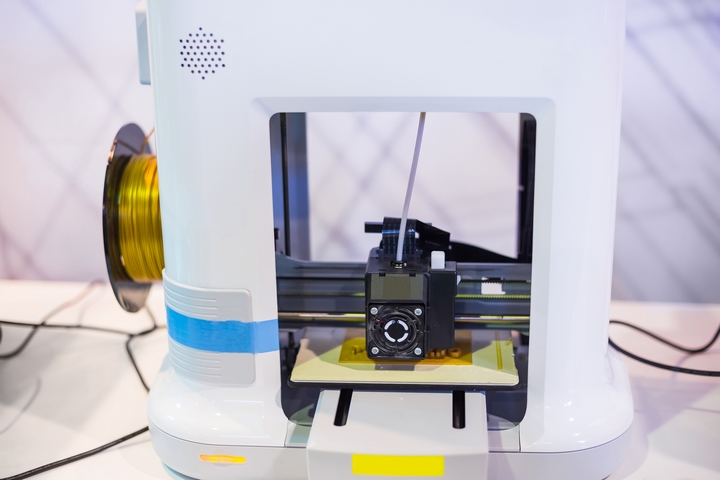
3D printing is one of the many faces of the future. This innovative technology allows you to print virtually anything you can think of out of plastic, resin, alumide, wax, or even metal. Great thinkers have created thousands of useful things via a 3D printer – and you can be the next in a long line of people who use 3D printers to improve quality of life.
Before you dive into designing and printing all sorts of amazing things, you probably want to know what methods, styles, and techniques of 3D printing are available to you today. If that’s the case with you, look no further than this article! We’ll be looking at the six most popular 3D printing methods and techniques that you can use for yourself, your loved ones, or your business.
1. SLS technology

SLS 3D printing technology is definitely something you should look into if you want to create more complicated, interwoven items via a 3D printer. The SLS method enables you to do all this because it melts layers of plastic powders together. This allows you to come up with more intricate, interlocking 3D designs – designs that have a variety of uses. If you’re interested in printing something more complex than a set of coasters or some block toys, then SLS is one of the best 3D printing methods to use.
2. Fused Deposition Modeling technology

This method of 3D printing is easily the most popular among the everyday consumer. Fused Deposition Modeling (or FDM, as it is commonly referred to) is used in most commercially available 3D printers. This method is quite simple to explain and understand (adopt our explanation to impress your friends with your savvy).
Basically, when you print something using an FDM-equipped 3D printer, a thick plastic filament is forcibly pushed out of a heated nozzle (sometimes more than one nozzle is employed if you want something more complex or with more than one color). This melted plastic is laid over points of reference in the 3D printer, one layer at a time. Slowly, the item you’re printing rises – layer by layer. The FDM method is, as we have said, one of the most common. And that’s because it really works.
3. The stereolithography method

‘Stereolithography’ is quite a mouthful, so most people simply refer to it as SLA. The SLA method is probably the earliest known method for 3D printing and it’s one that is still in use today. This method is used for printing objects made of resin (as opposed to plastic). Special mirrors, sometimes called galvos, aim a laser at a lump of resinous material. This laser then cures and shapes the material into whatever you would like it to be, one layer at a time.
While this method is certainly useful and has its place in the world of 3D printing, it does take longer than some other methods. This, however, does not mean that you should discount it entirely. Knowing all your options when it comes to 3D printing methods is a great asset as you dive more deeply into this world.
4. Digital Light Processing technology

The Digital Light Processing (or DLP) 3D printing method is similar in many aspects to the SLA method, but there are enough differences that make it worth mentioning on its own. The DLP method does not use a laser to mold the resin.
Instead, it employs more natural sources of light as it molds and shapes the resin to conform to the desired end product. In addition, DLP uses a liquid crystal display panel that can cover a larger area of the resin with light. The resin can then cure and harden quicker, making this method perhaps more efficient than SLA technology.
5. The Material Jetting method

If you’re looking for some 3D printing methods that follow the basic process of a paper printer, look no further than the Material Jetting method! This unique method lays down hundred upon hundreds of drops of photopolymer and hardens them into a layer of the 3D-printed item you want to create.
This process is repeated as many times as needed, layer upon layer, until your creation comes to life (not literally, we hope!). Material Jetting is a great method used by many 3D printers. And it may be exactly what you’re looking for.
6. Electron Beam Melting technology

Does this method sound a little too much like something out of a sci-fi movie for you to take it seriously? Well, Electron Beam Melting (EBM) is a real 3D printing technique and one that’s perfect for printing metal items. Yes, metal. Usually, when people talk about 3D printing, they’re talking about printing plastic items.
However, you can print metal items as well! The EBM method works quite similarly to SLS technology in that an electron beam melts metal powder into layers that come together to form your desired design. EBM is great for most (if not all) of your metal-printing needs!